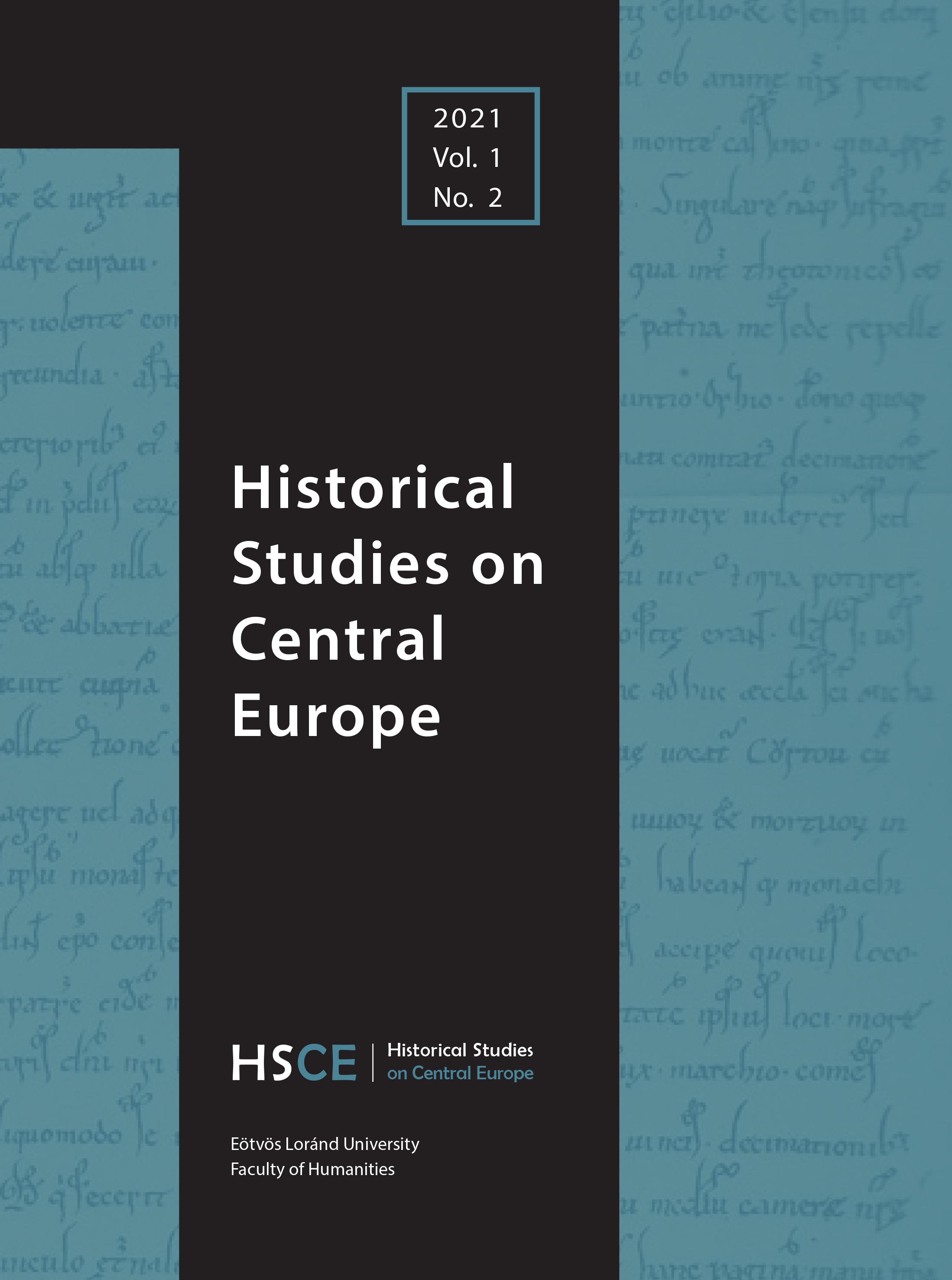Published 03-12-2021
Keywords
- urban topography, town plans, Central Europe, spatial turn, comparative urban studies
How to Cite
Copyright (c) 2021 Katalin Szende

This work is licensed under a Creative Commons Attribution-NonCommercial 4.0 International License.
Abstract
This article surveys the work carried out in the past two decades on the Hungarian Atlas of Historic Towns in a Central European context. With its more than 550 atlases published in nineteen European countries in the last fifty years, the European Atlas of Historic Towns is one of the most comprehensive collaborative projects in the field of humanities. The countries of East Central Europe could join the project only after the fall of the Iron Curtain, and Hungary published its first atlas as late as 2010. In four subsequent project phases, the Hungarian atlas team has been working on nineteen atlases of eighteen towns, out of which eight have been published so far. The editors follow the standards set by the International Commission for the History of Towns and have adopted best practices represented by the Austrian, Polish and Irish atlas series. In addition to describing the source basis and the main methodological concerns, the article highlights examples of comparative urban research for which the atlases offer an unparalleled potential. The article also advocates a more extensive use of this exceptional resource.

